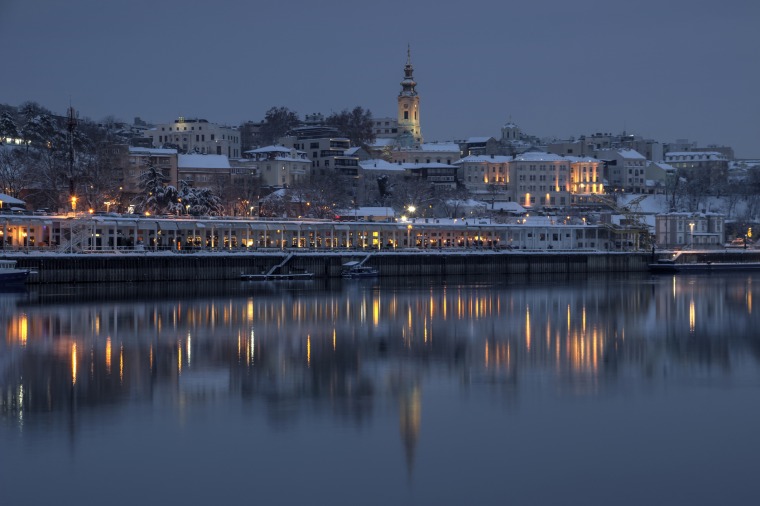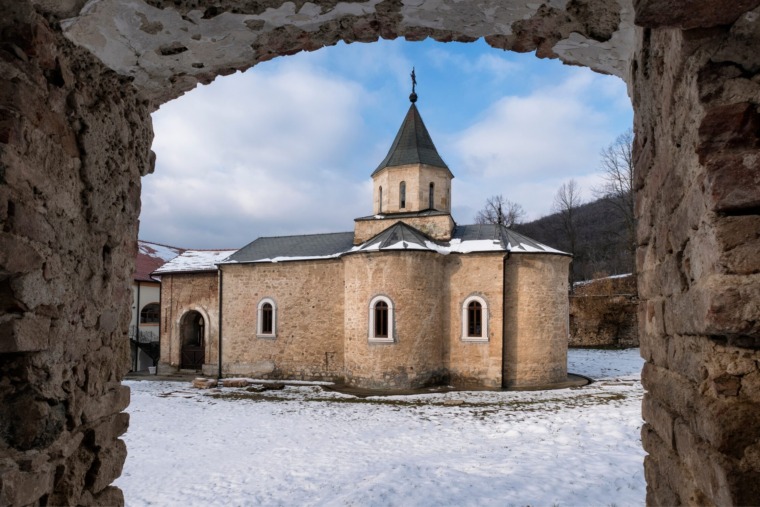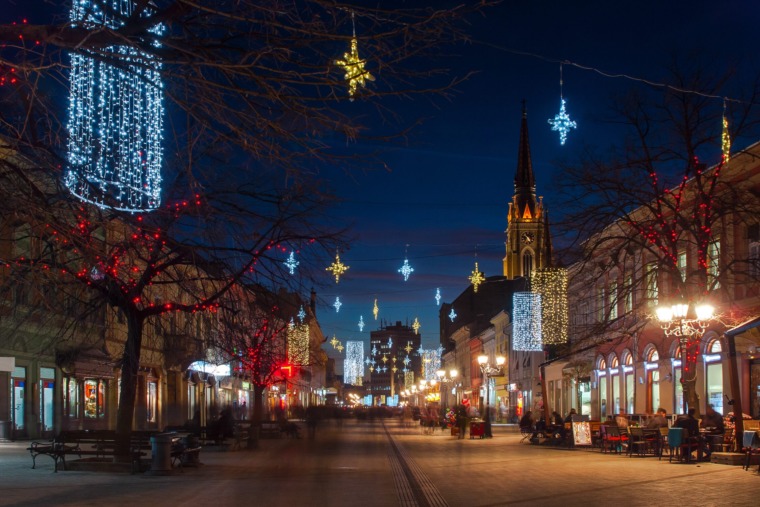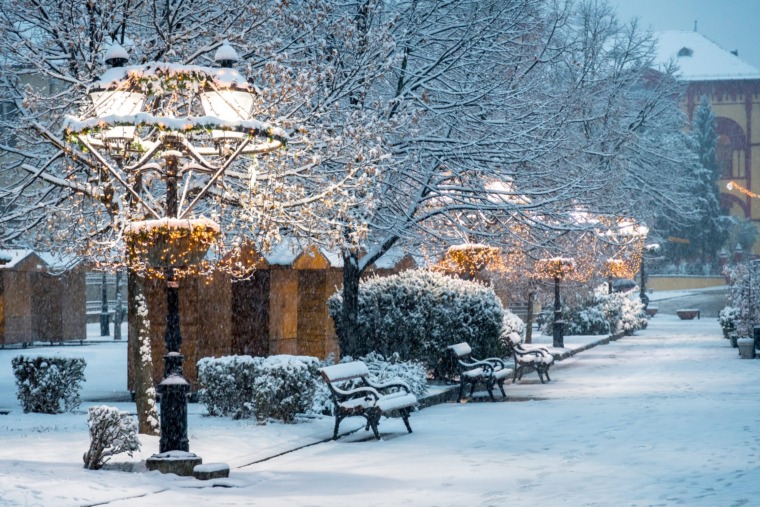
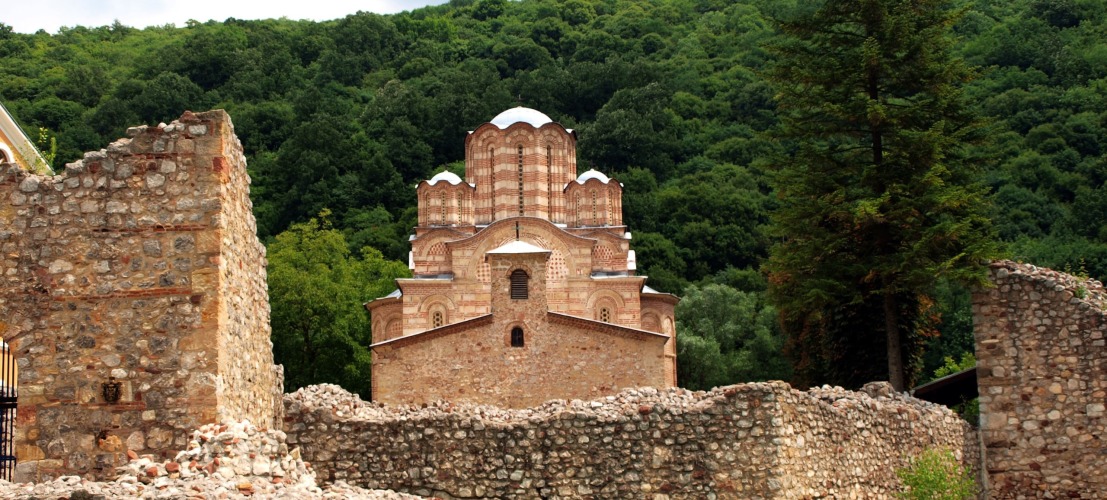
Located near the town of Ćuprija in central Serbia, the Ravanica Monastery is a revered religious and cultural landmark. Established in the 14th century, this Serbian Orthodox monastery stands as one of the most significant spiritual sites in the country, holding deep historical and cultural importance. It is particularly famous for being the final resting place of Knez Lazar Hrebeljanović, a pivotal figure in Serbian history. His relics, along with the monastery’s stunning architecture and serene surroundings, attract visitors from all over the world.
Historical Significance of Ravanica Monastery
Ravanica Monastery was founded by Knez Lazar Hrebeljanović around 1375. Knez Lazar, the ruler of Serbia, is celebrated for his leadership during the Battle of Kosovo in 1389, which was fought against the Ottoman Empire. Although the battle ended in a stalemate, it is remembered as a symbol of Serbian resistance and courage. Lazar’s legacy and martyrdom became an essential part of Serbian history, and Ravanica became an important spiritual site.
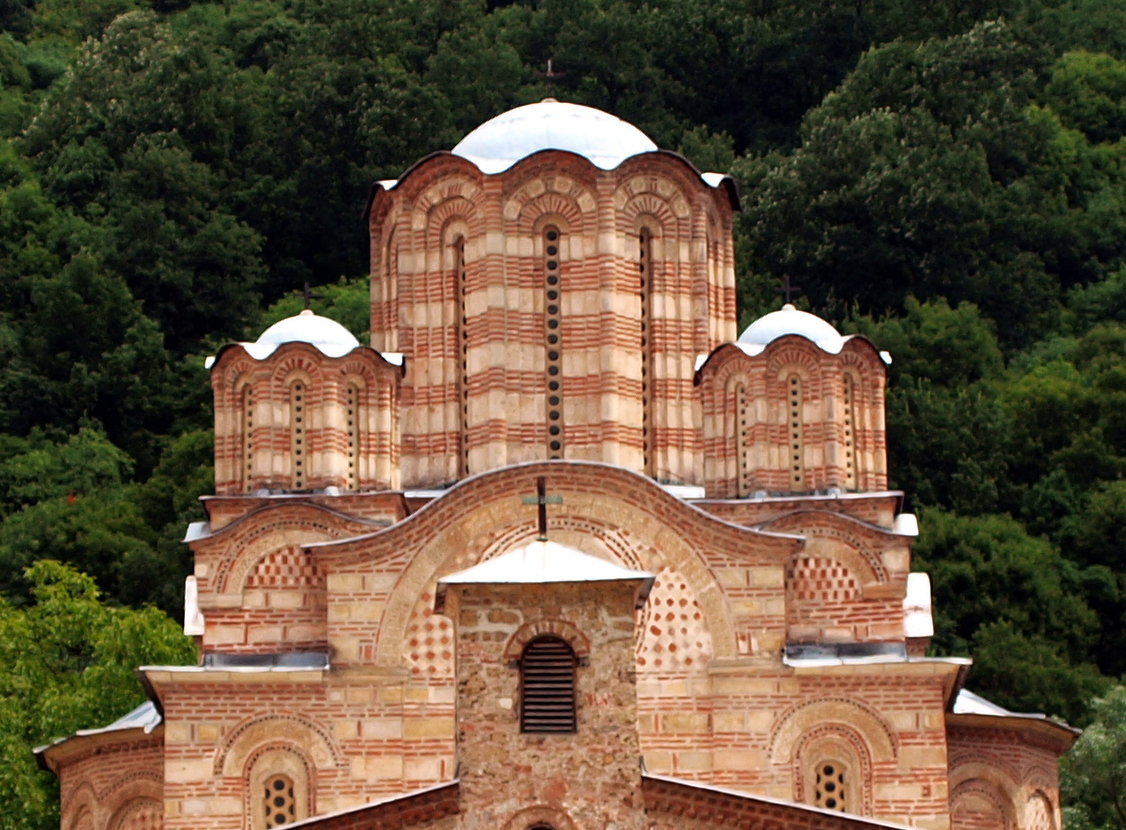
The monastery was originally designed to be Lazar’s final resting place, and his relics were moved there after his death. According to Serbian tradition, Knez Lazar’s body is believed to be buried beneath the church of the monastery, making it a sacred site for Orthodox Christians. Over time, the monastery became a pilgrimage destination for those wishing to honor the memory of this national hero and to seek spiritual solace.
The Architecture of Ravanica Monastery
The architectural design of Ravanica Monastery is a perfect example of the Morava style, a unique Serbian architectural style from the late medieval period. The monastery church is dedicated to the Ascension of Christ and features exquisite frescoes, which were painted by the renowned artist Teodor I and his workshop in the 14th century.
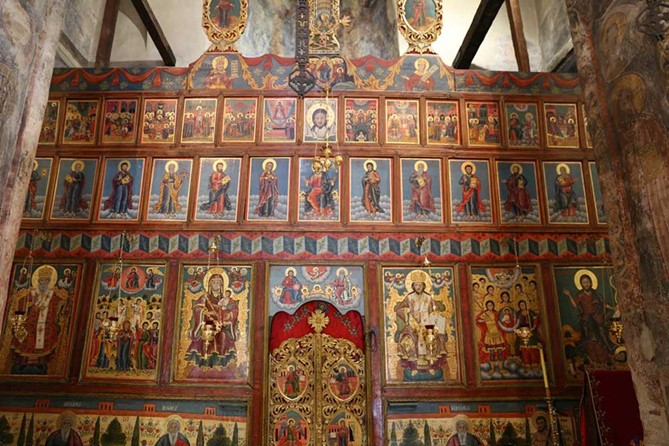
Ravanica’s walls are adorned with frescoes that depict significant biblical scenes and portray Serbian medieval rulers. These frescoes are an invaluable part of the monastery’s history and offer a glimpse into the religious and cultural life of the time. The church also features beautiful icons, wood carvings, and intricate details that highlight the artistic and spiritual achievements of the era.
Despite enduring damage over the centuries, including from Ottoman invasions and later reconstruction efforts, the monastery remains an enduring symbol of Serbian heritage and spirituality.
Knez Lazar’s Legacy and the Relics
Knez Lazar Hrebeljanović, the heroic Serbian ruler, is a symbol of national pride and devotion. His legacy transcends his military and political achievements, as he is remembered for his dedication to the Serbian people and the Serbian Orthodox Church. Knez Lazar’s role in the Battle of Kosovo in 1389, where he faced the Ottoman forces, made him a martyr in the eyes of many Serbs. His legacy is a cornerstone of Serbian identity, representing self-sacrifice, resilience, and patriotism.
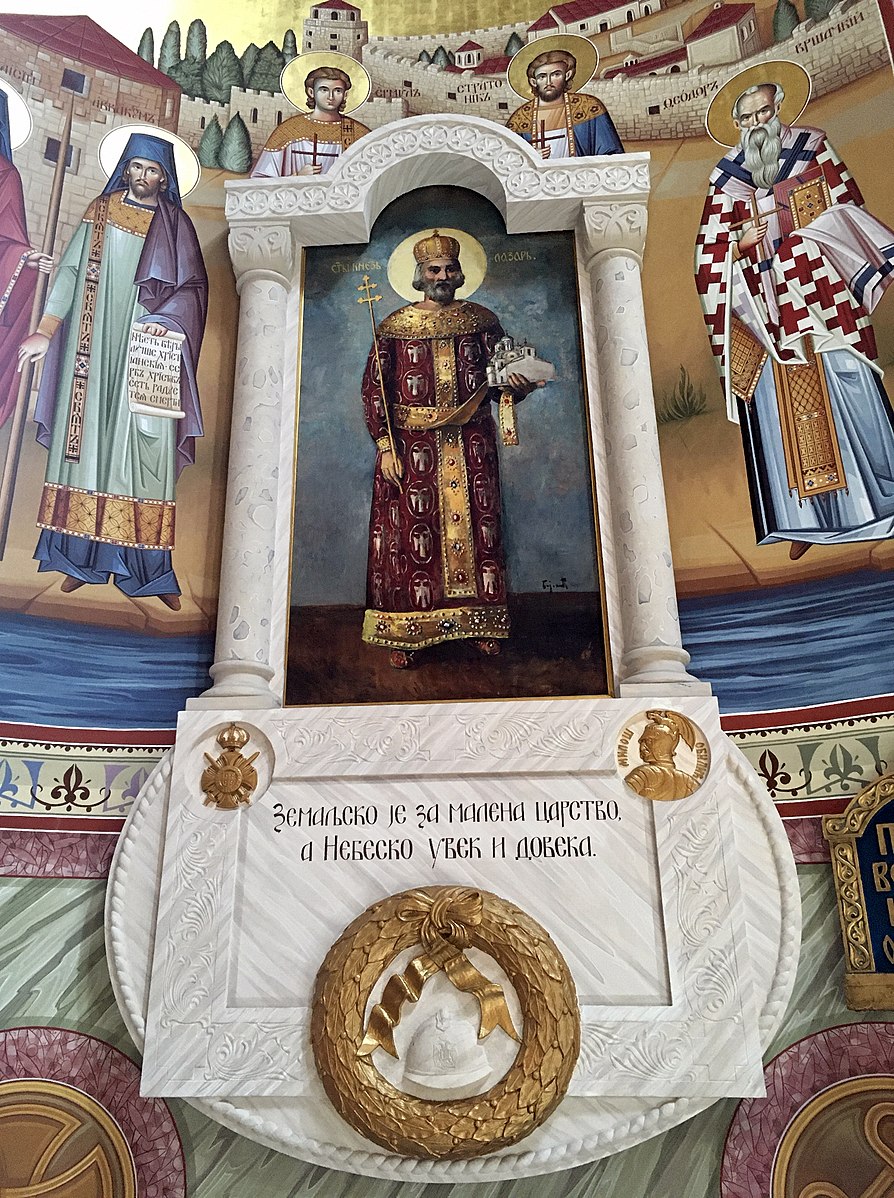
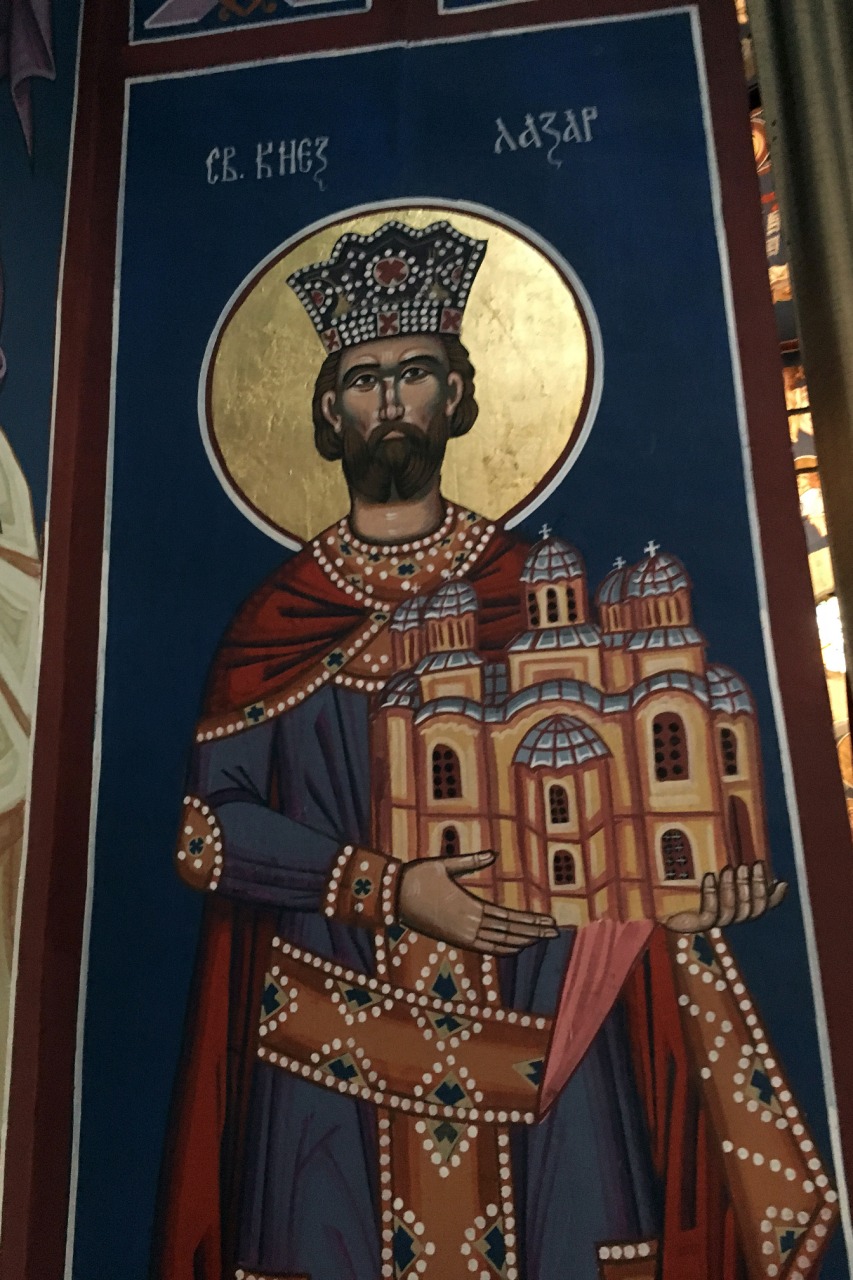
The relics of Knez Lazar hold significant spiritual and historical value. They were originally laid to rest in Manastir Ravanica, the monastery he founded in the 14th century. However, as turbulent periods in Serbian history unfolded, Lazar’s relics were moved multiple times to ensure their safety and reverence. After being moved to different places, Lazar’s remains were eventually returned to Ravanica, where they rest today.
Throughout these relocations, Knez Lazar’s relics became a symbol of Serbian resilience and the continuity of Serbian Orthodox faith. His relics, carefully preserved and revered, attract pilgrims from all over the world who come to pay their respects to the man who embodied the spirit of Serbian unity and sacrifice. The journey of his relics from place to place mirrors the endurance of the Serbian people through centuries of struggle and perseverance.
A Peaceful Retreat in Nature
In addition to its religious significance, Ravanica Monastery is situated in a stunning natural setting, surrounded by lush forests and rolling hills. The tranquility of the area adds to the peaceful atmosphere of the monastery, providing visitors with a perfect place for reflection and spiritual renewal.
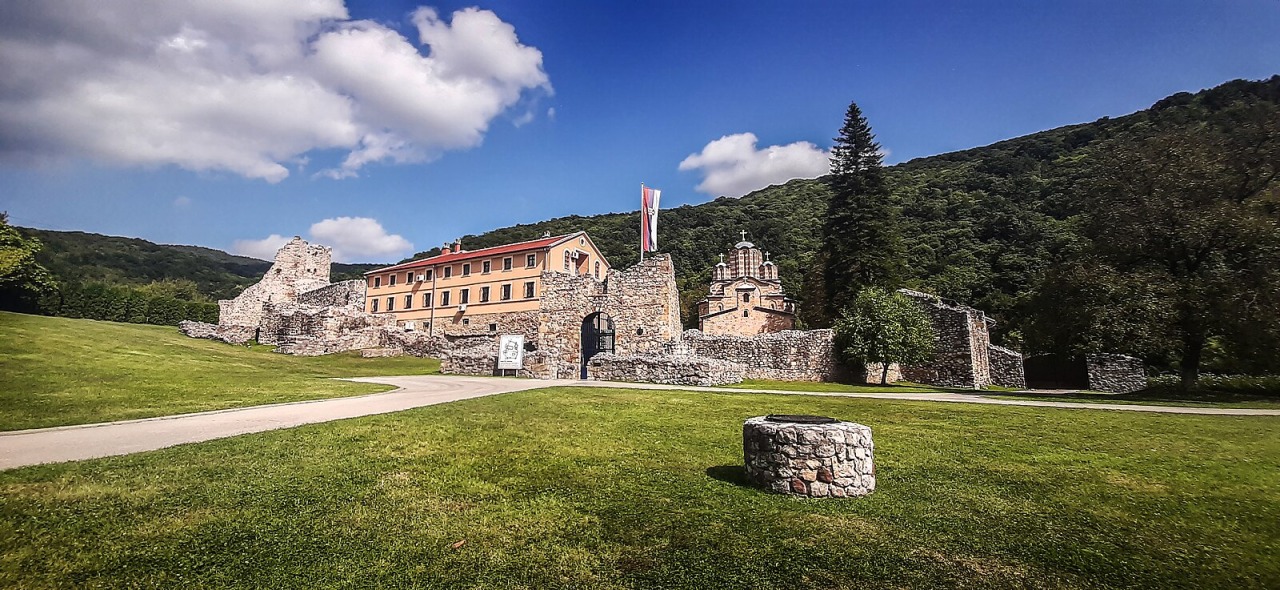
The monastery complex includes a small courtyard and gardens where visitors can walk, meditate, or simply enjoy the serene environment. The area is also rich in flora and fauna, making it a popular destination for nature lovers who wish to explore the natural beauty of central Serbia while also experiencing its spiritual heart.
Ravanica as a Cultural and Historical Hub
Today, Ravanica Monastery is more than just a religious site; it is a place of cultural preservation and historical study. The monastery plays an essential role in the upkeep of Serbian traditions, as it hosts various religious events, festivals, and cultural programs. Visitors can learn about the history of the Serbian Orthodox Church and the importance of Knez Lazar’s sacrifice in the broader context of Serbian national identity.
The monastery also holds a prominent place in the Serbian medieval cultural heritage, serving as a center for preserving ancient manuscripts, books, and artifacts. As part of Serbia’s UNESCO tentative list for potential World Heritage sites, Ravanica stands as a cultural and spiritual landmark that continues to inspire both locals and tourists alike.
Visiting Ravanica Monastery
Ravanica Monastery is easily accessible from the nearby town of Ćuprija, making it a great destination for anyone traveling through central Serbia. Whether you are a history enthusiast, a lover of art and architecture, or simply looking for a peaceful place to reflect, Ravanica offers something for everyone.
The serene surroundings, along with the monastery’s historical significance, make it an ideal spot for those seeking spiritual and cultural enrichment. Visitors can take a guided tour of the monastery to learn about its history, explore the beautiful frescoes and artifacts, and pay their respects at the tomb of Knez Lazar.
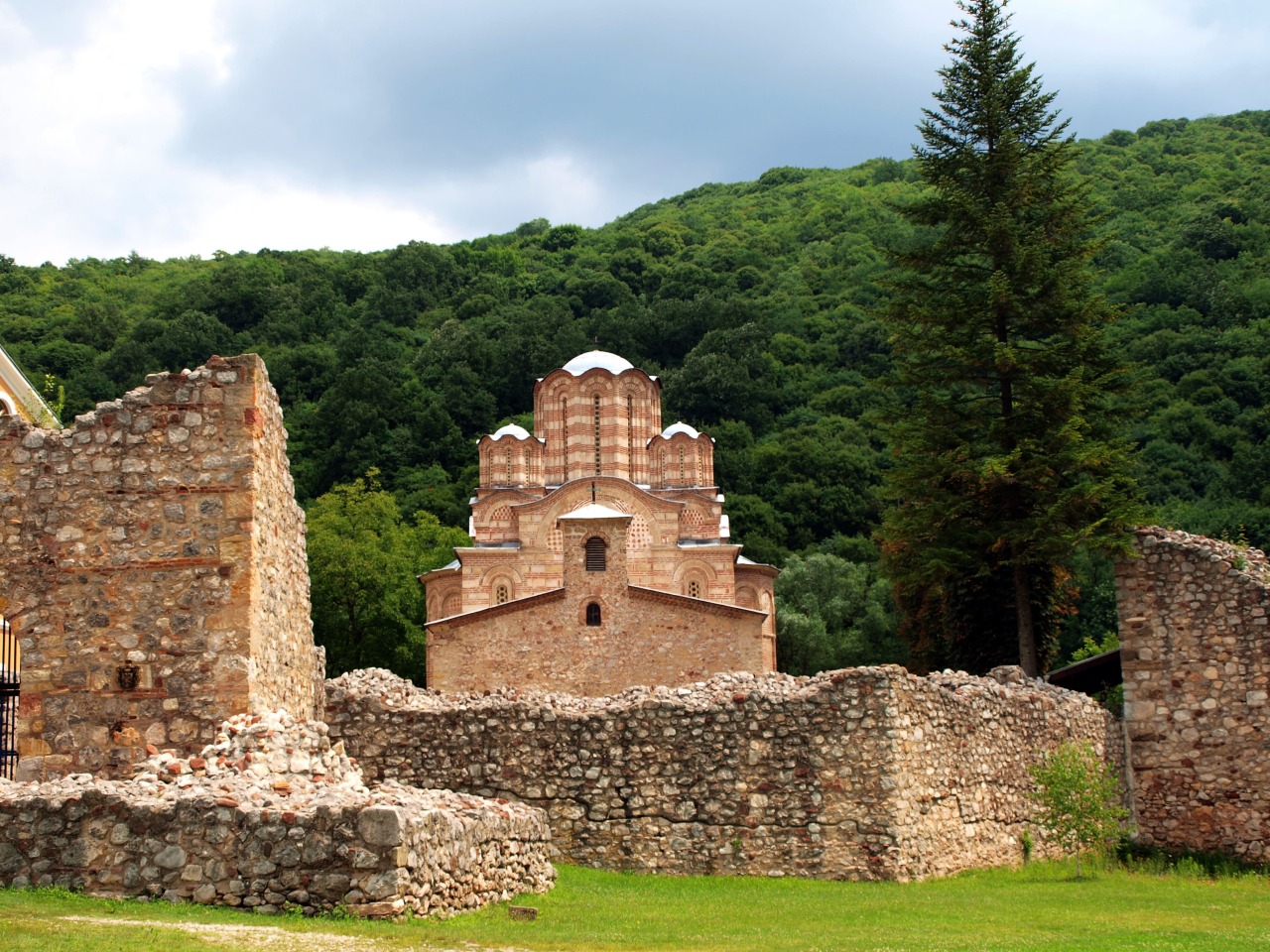
For many, a visit to Ravanica Monastery is not just about experiencing the beauty of its architecture or its peaceful environment—it is an opportunity to connect with a significant part of Serbian history and culture, one that continues to resonate deeply in the hearts of those who visit.
Featured image: Petar Milošević, CC BY-SA 3.0 https://creativecommons.org/licenses/by-sa/3.0, via Wikimedia Commons
Related Articles


Winter Wine Escape: Serbia’s Most Beautiful Holiday Wineries
December 11, 2025